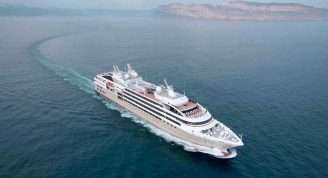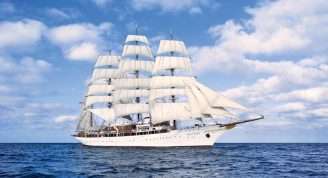Description
Welcome to Aurora Expeditions’ Eight Million and One Dalmatians
This cultural odyssey uncovers the complex identity of those who call the Adriatic Coast home, as we journey to Slovenia, Istria and the Croatian coast, where the Adriatic Sea forms the backdrop for a celebration of stunning scenery and ancient heritage. As we navigate the azure waters of Slovenia and Croatia, we are immersed in the enduring spirit of community that binds these lands together.
Formerly part of Yugoslavia, the scattered hamlets dotting the islands and shores of the Adriatic, serve as poignant reminders of both unity and division. Rooted in a history of shared struggles and triumphs, they epitomise the deep-seated loyalty to family and traditions that characterises the coastline’s vibrant culture.
Sailing this eclectic coast, we are captivated by the resilience of the Slavic peoples, as we go beyond the surface to delve into the heart of each region’s identity, by spending time with the people of these coastal communities. We uncover myths and legends interwoven with beliefs and realities, by visiting local homes and historical sites to gain a firsthand insight into the rich cultural heritage that defines each nation. Steeped in the narrative of its people, this coastline beckons with tales of intrigue, inviting us to uncover the essence of a ‘Dalmatian’ life.








